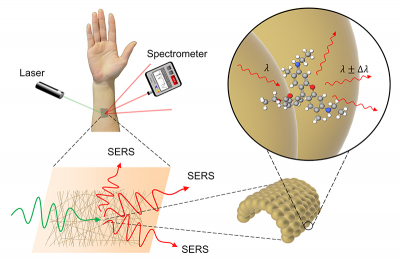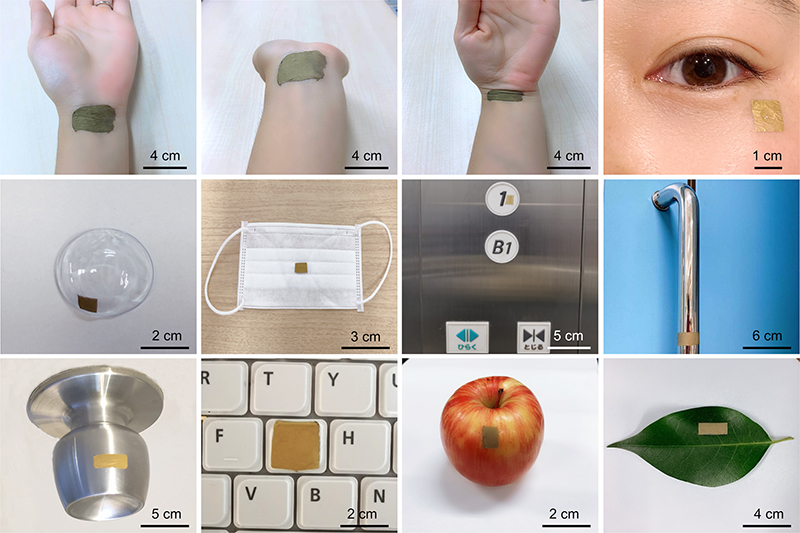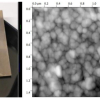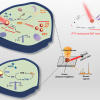
Researchers have created a special ultrathin sensor, spun from gold, that can be attached directly to the skin without irritation or discomfort. The sensor can measure different biomarkers or substances to perform on-body chemical analysis. It works using surface-enhanced Raman spectroscopy (SERS). The sensor can be finely tuned to be extremely sensitive, and is robust enough for practical use.
Wearable technology is nothing new. However, smartwatches or more specialised medical monitors are relatively bulky and often quite costly. Prompted by such shortfalls, a team comprising researchers from the Department of Chemistry at the University of Tokyo sought a new way to sense various health conditions and environmental matters in a noninvasive and cost-effective manner.
“A few years ago, I came across a fascinating method for producing robust stretchable electronic components from another research group at the University of Tokyo”, said Limei Liu, a visiting scholar at the time of the study and currently a lecturer at Yangzhou University in China. “These devices are spun from ultrafine threads coated with gold, so can be attached to the skin without issue as gold does not react with or irritate the skin in any way. As sensors, they were limited to detecting motion, however, and we were looking for something that could sense chemical signatures, biomarkers and drugs. So we built upon this idea and created a non-invasive sensor that exceeded our expectations and inspired us to explore ways to improve its functionality even further.”
The main component of the sensor is the fine gold mesh, as gold is unreactive, meaning that when it comes into contact with a substance the team wishes to measure—for example a potential disease biomarker present in sweat—it does not chemically alter that substance. But instead, as the gold mesh is so fine, it can provide a surprisingly large surface for that biomarker to bind to, and this is where the other components of the sensor come in. As a low-power laser is pointed at the gold mesh, and analysed using Raman spectroscopy.
“Currently, our sensors need to be finely tuned to detect specific substances, and we wish to push both the sensitivity and specificity even further in future”, said Assistant Professor Tinghui Xiao. “With this, we think applications like glucose monitoring, ideal for sufferers of diabetes, or even virus detection, might be possible.”

Stretchy sensor. Although very thin, the gold nanomesh sensor is very durable and can be stretched and deformed without breaking. Therefore, it can be adhered to many different kinds of surfaces—not just human skin—for different sensing purposes. ©2022 Goda et al. , https://doi.org/10.1002/adom.202200054
“There is also potential for the sensor to work with other methods of chemical analysis besides Raman spectroscopy, such as electrochemical analysis, but all these ideas require a lot more investigation”, said Professor Keisuke Goda. “In any case, I hope this research can lead to a new generation of low-cost biosensors that can revolutionise health monitoring and reduce the financial burden of health care.”














